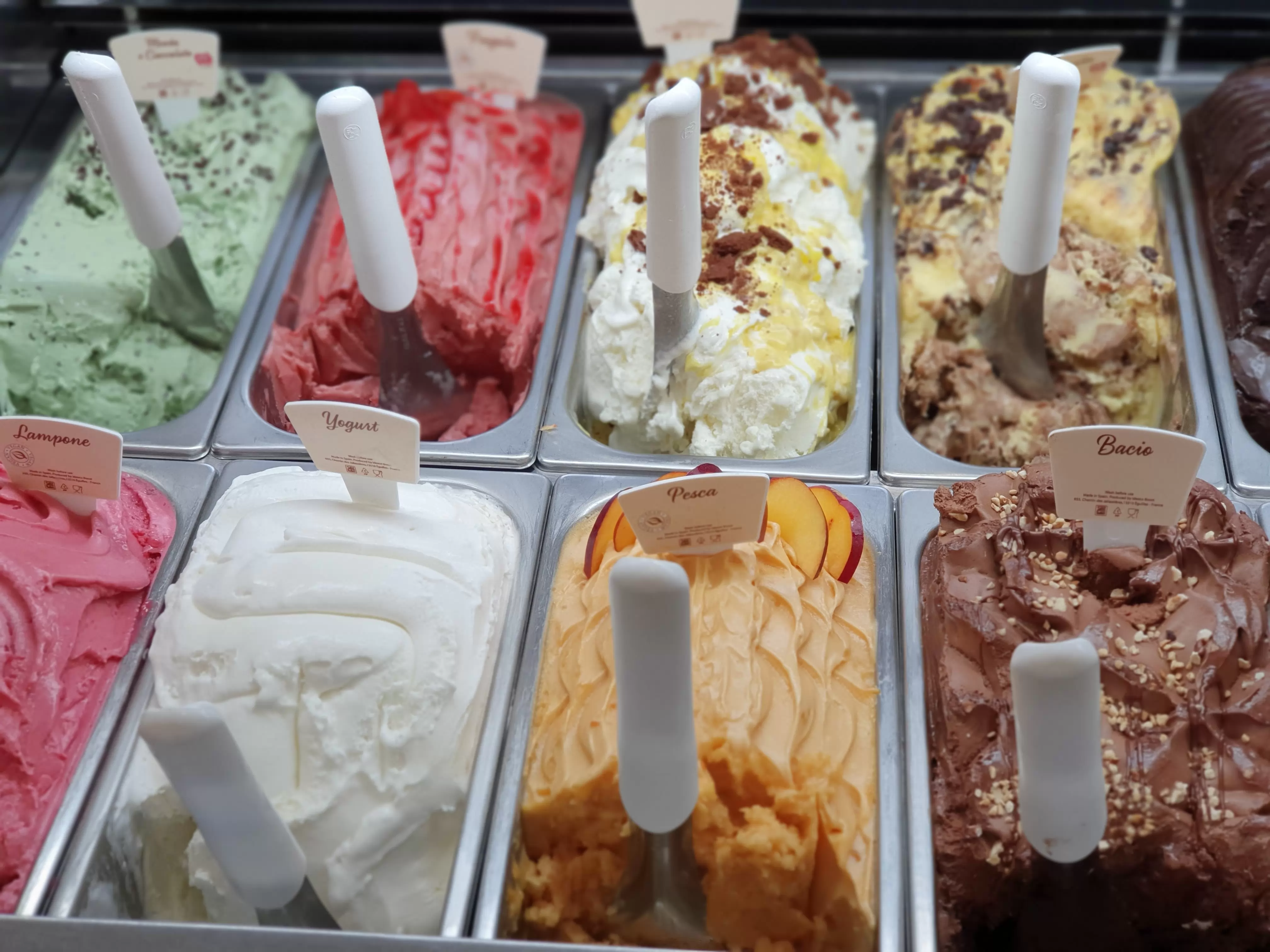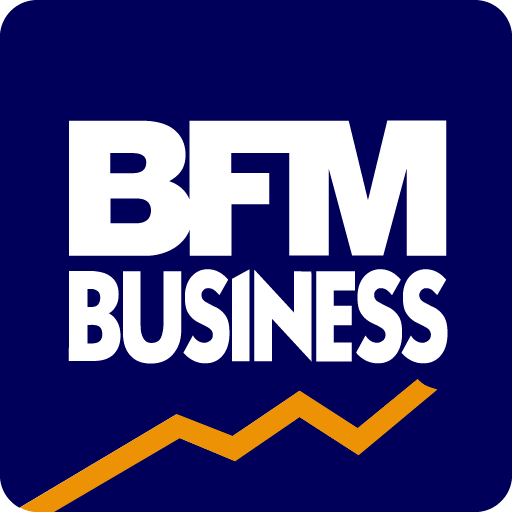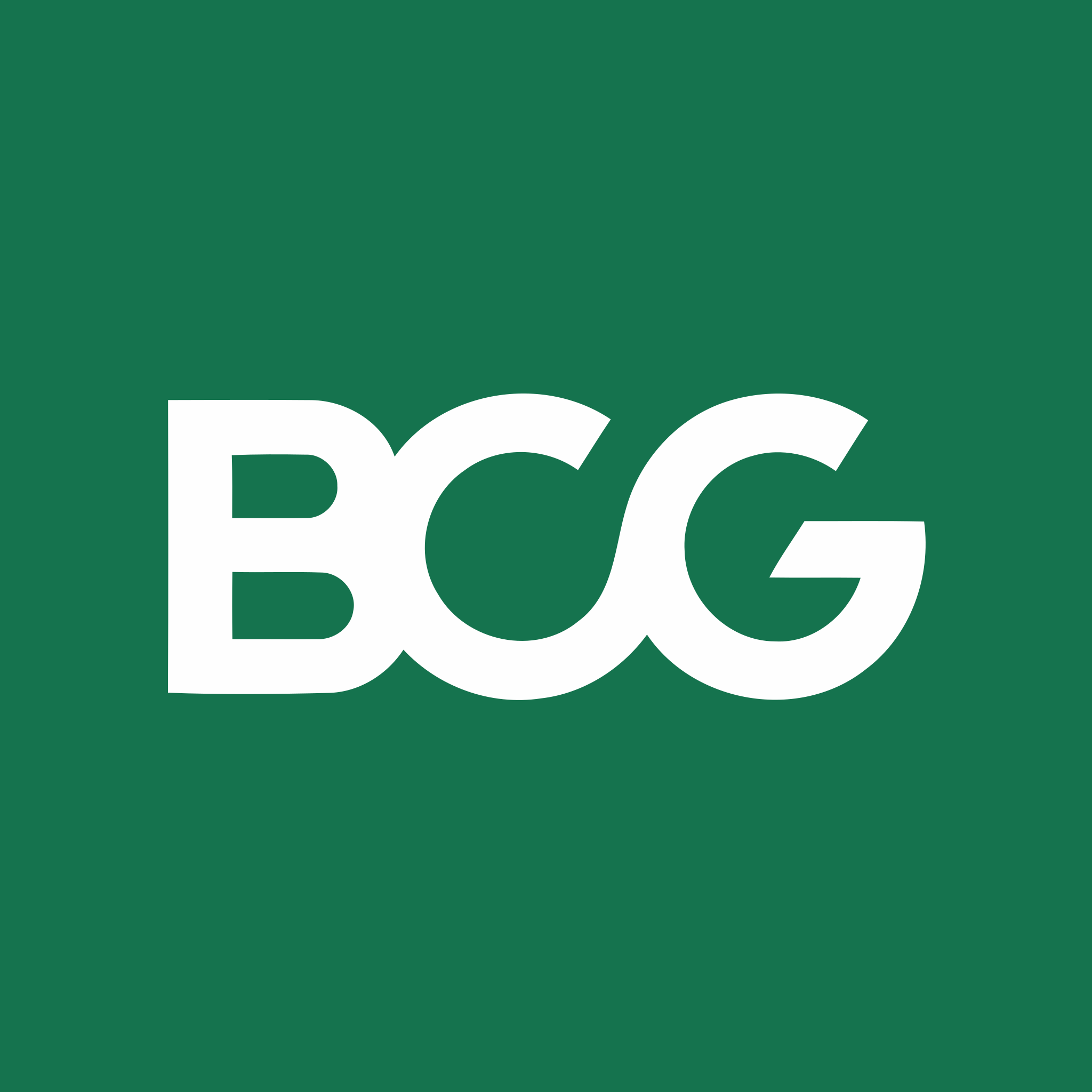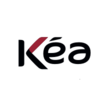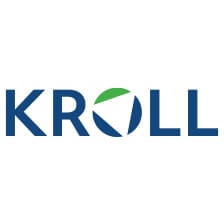Summary of our market study
As of 2020, the global market for ice cream and sorbets has been burgeoning, with the United States continuing to be a dominant player. The U.S. market demonstrates a trend towards premiumization, as consumers favor high-quality products with innovative flavors, leading to a 1% increase in sales value against a 2% decline in volumes. The shift towards healthier choices is emerging, leading to increases in low-fat and non-fat options, as well as vegan and plant-based alternatives, which align with the growing health consciousness of consumers. This shift is evident in the overall increase of imports and exports in this sector, with the U.S. maintaining a net exporter status.
The industry has observed a significant impact due to COVID-19 with a 13.4% upsurge in dollar sales over the 52-week period ending in September 2020. This rise correlates with ice cream’s "comfort food" status during the lockdown, indicating a robust market despite the pandemic. The U.S., notably Florida, has seen a development in distribution channels, particularly ice cream trucks, which appear to be more prevalent per capita than in the rest of the country. Prices have generally stabilized, with a notable 33.6% increase since 2005, reinforcing the upscale trend in the market. Lastly, the number of franchise stores has increased by 21.2% from 2011 to 2020, reflecting the growing accessibility and popularity of branded ice cream experiences.
Ice Cream and Sorbet Market Dynamics in the United States: Navigating Consumer Preferences and Industry Trends
In the indulgent world of ice creams and sorbets, the United States presents a rich tapestry of consumer preferences and market trends that shape the industry. At the heart of the American ice cream market lies a distinct inclination for individual specialties such as cones and sticks, with bulk products like sorbet tubs trailing closely. Affections for snacking variants surge during summertime, emphasizing the seasonal nature of consumption influenced heavily by climatic variances. The U.S. market has embraced a consistent trend towards premiumization, with sales values witnessing a modest elevation by around 1% in recent years, despite a slight dip in volume. This premiumization is particularly notable with the introduction of protein-infused ice cream segments that have gained traction. Vanilla reigns supreme as the nation's darling flavor, closely followed by the ever-popular chocolate. On a global scale, the ice cream and sorbet market, estimated to be worth between $60 billion and $65 billion, is projected to grow robustly, approaching values between $80 billion and $85 billion by the mid-2020s.
This growth is attributed to the development in emerging markets, notably in Asia, and an evolving product range tailored to health-conscious consumers. In this panorama, the United States, although no longer the largest market—overtaken by China—continues to hold a significant position bolstered by an average individual consumption of over 20 pounds of frozen desserts yearly. When delving into ice cream consumption habits, traditional regular ice cream leads, chosen most often by around 250 million Americans, according to recent surveys. This preference is a testament to ice cream's role as a classic comfort food, even as trends indicate a burgeoning demand for healthy and premium products. Responding to the growing health consciousness, the market has seen a considerable rise in the consumption of low-fat ice cream in recent decades, indicating a consumer base that is slowly pivoting towards healthier alternatives. Yet, echoing the sustainability and ethical concerns of modern consumers, vegan and plant-based ice creams have carved a niche, with major players aiming to expand their vegan offerings substantially. Industry-wise, the U.S. ice cream market is no stranger to concentration with entities like Dreyer's and Unilever capturing a significant market share that hovers around one-third of sales. This structure, however, hasn't stifled innovation, with dynamic players continuously churning.
Key Players Shaping the US Ice Cream Market Landscape The US ice cream market showcases a blend of time-honored brands with deep-rooted histories and contemporary players that have quickly risen to popularity. Navigating through the competitive landscape of this segment, we have a number of major entities that have left indelible marks on consumer tastes and preferences.
- Unilever stands as a titan in the ice cream industry, with its ownership of Ben & Jerry's, a brand celebrated for its innovative flavor combinations and socially conscious business model. Ben & Jerry's has consistently pushed the envelope with its quirky and ever-evolving list of products, and the company’s commitment to quality ingredients and sustainable practices has earned it a loyal customer base.
- General Mills is another prominent figure in the market through its ownership of Häagen-Dazs. This brand has been synonymous with premium quality and luxurious indulgence since its inception. Known for its rich textures and dense flavors, Häagen-Dazs has established itself as a go-to for consumers seeking a high-end frozen treat experience.
- On the other end of the spectrum, Private Label ice creams have captured a significant share of the market by providing a cost-effective alternative to the name brands. These store-brand products often manage to balance quality and affordability, making them a staple in many households.
- Blue Bell sits among these influential names as well, famed for its traditional approach to ice cream production. With its deep Southern roots, Blue Bell's flavors evoke nostalgia and comfort, earning it a distinct space on the shelves and in the hearts of many Americans. Stepping outside of the supermarket, the industry is also characterized by the prevalence of ice cream franchises.
- Ben & Jerry's and Häagen-Dazs are not only found in retail stores but also operate their own specialty shops where they serve up their iconic flavors in a more personal and experiential setting. While not explicitly mentioned earlier, it’s worth acknowledging other notable players such as Baskin-Robbins, known for its “31 flavors” slogan and widespread franchise model, and Dairy Queen, which offers a fast-food twist on frozen treats with its famous Blizzard product line.
These key participants underscore a diverse market structure. They operate within a complex interplay of tradition, innovation, premiumization, and price competitiveness, catering to a vast array of consumer preferences and ensuring the continued dynamism and growth of the US ice cream industry.
to understand this market
Detailed content of our market study
 Inforamtion
Inforamtion
- Number of pages : 35 pages
- Format : Digital and PDF versions
- Last update :
 Summary and extracts
Summary and extracts
1 Market overview
1.1 Definition and scope of the study
Ice cream is a food made from milk, sugar, fruit and a variety of flavors. Sorbet, on the other hand, is made only of sugar syrup and fruit pulp or flavors. Different types of ice cream are available for sale, such as cones and sticks, ice cream specialties to share (ice cream logs and cakes) or sorbet and ice cream tubs, and those sold in hypermarkets and supermarkets.
In terms of volume, US consumption is dominated by individual specialities (cones, sticks, etc.) and by sorbet and ice cream in bulk (sorbet tubs in particular). The snacking ice cream segment plays the most important role in ice cream sales, especially during the summer period, and ice cream consumption varies considerably depending on the weather conditions.
The global ice cream and sorbet market is growing and will continue to do so in the coming years. Several factors are driving this growth, including premiumization and flavor innovation. On the contrary, the consumption of low quality ice cream has decreased. Vanilla is the most common flavor, followed by chocolate. New Zealand consumes the largest amount of ice cream per person per year (28.4 liters), followed by the United States, Australia and Finland [worldatlas].
In the U.S., sales value increased by 1% in 2019, while volumes fell by 2%. This confirms the premiumization trend that characterizes the ice cream and sorbet sector. In addition, the infused protein ice cream segment has been growing since 2016..
The structure of the U.S. market is relatively concentrated; Dreyer's Grand Ice Cream and Unilever accounted for nearly one-third of sales in 2019. The top-selling brand is Haagen-Dazs. In terms of innovation, the industry is very dynamic, forcing players to continue creating new products.
1.2 A Growing Global Market
The global market for ice cream and sorbets was estimated at $**.* billion in ****. It is projected to grow at a CAGR (***) of *.*% between **** and **** to reach $**.* billion in ****.
World ice cream and sorbet market World, ****-*****, in billions of dollars Source: ****
This growth is explained by the development and rise in living standards in emerging countries, particularly in Asia. Indeed, the ice cream and sorbet market in Asia-Pacific is expected to grow at a CAGR of *.*% between **** and ****. Moreover, market growth is also driven by an increase in the range of products due to the growing health concerns of populations. China is the largest market globally, surpassing the United States. In South America, Brazil is understandably the largest market for ice creams. The trend regarding the African continent is consistent with other regions and is expected to grow at a CAGR of *.*% between ****-**** [***]. Different types of ice cream are becoming more popular. Ice cream for immediate consumption is growing due to the increasing demand for snacks in small portions. Takeaway ice cream is also in high demand due to the increasing number of occasions and gatherings at home where ice cream is consumed as a snack or dessert. Finally, artisanal ...
1.3 The US Market
The average American consumes more than ** pounds of ice cream and related frozen desserts per year and regular ice cream is the most popular category of frozen desserts [***]. To give a clearer idea of the size of this market in the US, it is sufficient to say that about *.* billion pounds of ice cream and frozen yogurt were produced in this country in **** (***).
Morevoer, the ice cream industry has a $**.* billion impact on the U.S. economy, supports **,*** direct jobs, and generates $*.* billion in direct wages, according to IDFA’s Dairy Delivers.
Industry revenue of ice cream and frozen dessert manufacturing USA, ****-****, in billion USD Source: ****
Over the ** weeks ending Sept. *, ****, dollar sales in the ice cream subcategory of the larger ice cream/sherbet category were up **.*% (***), according to data from Chicago-based market research firm IRI.
Residents of Portland, Oregon eat more ice cream per person than any other city in the United States. The top city for ice cream sales, however, is Long Beach, CA.
Two-fifths of ice cream makers are seeing an increased demand for premium ice cream versus ** percent seeing an increase in gelato demand followed by ** percent for sorbet. Demand for low-fat or non-fat ice cream ...
1.4 Ice Creams and Sorbets in Florida
As it can be seen from the graph below, the industry revenue for ice cream and frozen dessert manufacturing in the state of Florida as been on a decreasing trend for the last six years and is likely to continue down this path. Between **** and **** this industry's revenue indeed decreased by **.*%.
Industry revenue for ice cream and frozen desser manufacturing Florida, USA, ****-*****, in million USD Source: ****
Travel Bird, wtihin the scope of the drafting of its Beach Price Index report, broke down the main potential expenditures of an average day at the most famous beaches around the States, most of which are located in Florida. The main categories of expenditure it took into consideration are:
Sunscreen Water Beer Ice Cream Lunch Facility Fee
The following graph shows the percentage of these total potential expenditures that is represented by ice cream in the different beaches.
Average potential expenditure on ice cream on a beach day at selected beaches Florida, USA, ****, in % Source: ****
1.5 Imports and Exports
In order to analyze the international trade of American ice creams, we took into consideration the products under the HS commodity code ****: Ice cream and other edible ice; whether or not containing cocoa.
Imports, Exports and Coverage rate for HS code **** USA, ****-****, in million USD and % Source: ****
As it can be seen from the graph above, the US are a net exporter of ice cream and frozen snaks as their exports for this product have always exceeded their imports as it can be seen also from the coverage rate which has always been well above ***%. Moreover, both imports and expots ahve been increasind in the past * years exemplifying the existence of a dynamic international market for ice cream, in which the US is one of the protagonists.
Breakdown of both the imports and the exports of the US for this sector follow a similar path, with the first * main trade partners in both commercial flows making up together more than **% of the total. The main supplier country for what concerns imports is a group of Asian countires (***).
Breakdown of imports of ice cream, by main supplier country USA, ****, in % Source: UN Comtrade Breakdown of exports of ice cream, by ...
1.6 COVID-19 Impact
We have seen how over the ** weeks ending Sept. *, ****, dollar sales in the ice cream subcategory of the larger ice cream/sherbet category were up **.*%. The lockdown period caused by the spread of the COVID-** has certainly fueled this growth. Ice Cream has indeed always been considered a so-called “comfort food” to consume when feeling down.
During the lockdown many Americans confided in this comfort effect brought about by ice cream, also considering that they spent much more time in their homes. According to global market research firm Mintel, “looking back at past recessions indicates that in these types of circumstances people tend to nest (***), prolonging a residual yet tempered growth for the category.”
“Fifty-one percent of consumers associate ice cream with comfort,” the company adds. “Furthermore, **% report that ice cream is their favorite indulgence, pointing to a well-positioned opportunity for brands in the category to forge bonds with consumers.”
With respect to this, According to George Denman, vice president of Cincinnati-based Graeter’s Ice Cream, indulgence-minded brands have indeed seen more of a retail sales uptick during the crisis than brands with healthfulness in mind such as Halo Top.
Moreover, Lindsey Meuser, assistant category manager, ice cream for Tillamook ...
2 Demand Analysis
2.1 Demand Characteristics
Americ's top ** favorite ice cream flavors:
Vanilla Chocolate Cookies N’ Cream Mint Chocolate Chip Chocolate Chip Cookie Dough Buttered Pecan Cookie Dough Strawberry Moose Tracks Neapolitan
America’s favorite novelty products are:
Sandwiches Mini cups Sticks or pops Cones Bars
Retailers say premium ice cream is most popular with their consumers, while ice cream makers say regular ice cream, usually sold in stores, is most popular with their consumers. Pecan is the most popular nut flavoring, and strawberry is the most popular fruit in ice cream [***].
Evolution of per capita consumption of regular ice cream USA, ****-**** (***), in pounds Source: ****
Per capita consumption of regular ice cream has been following a decreasing trend in the past ** years. This is mostly due to the appearance of new options ranging from low-fat and non-fat ice cream, to frozen yogurt and other frozen snacks.
However, in ****, per capita consumption of regular ice cream remained relatively stable and this category witnessed only a half point decline in growth with respect to the previous year, the best performance among the other ice cream categories. Frozen yogurt’s growth had the worst performance and it grew by *.*% in ****, a *.** decline with respect to the previous year.
Dollar ...
2.2 Consumption Habits
The consumer profiling company MRI-Simmons conducted a survey in **** to better understand the consumption habits of US citizens when it come to ice cream and sherbets. The two graphs in this section show the results of this survey for two fudnamental questions: "Which brands of ice cream and sherbet do you eat most often?" and "Which types of ice cream and sherbet do you eat most often?"
Answer to the question: which brands of ice cream and sherbet do you eat most often? USA, ****, in % Source: ****
The popularity of store brand ice cream, which is the one most often eaten (***), is mainly due to the fact that these products are generally cheaper than private labels ones. Answer to the question: which types of ice cream and sherbet do you eat most often? USA, ****, in millions of customers Source: Simmons-MRI *** million Americans choose to eat regular ice cream most often. This, as we will se more in depth later on in the study, is due to the fact that most ice cream eaters see this treat as an indulgence and thus tend to consume regular, non diet, ice creams instead of lighter and healthier ones which are seen as a contradiction ...
2.3 Demand Drivers
A study published on the journal of dairy science revealed that price and consumer income were the main determinants of demand for ice cream products.
Disposable Consumer Income
Disposable personal income in the United States has increased by **.*% between **** and ****. This vertiginous growth in the past ** years has represented an opportunity for many product markets, among which the market for ice cream and sorbets, which, not being essential goods, are fundamentally influenced by the disposable income of customers.
Evolution of disposable personal income USA, ****-****, in billion chained **** USD Source: ****
Price
In general, a decrease in the price of a normal good will result in an increase in its demand. This is precisely the case with ice cream and sorbets. The GNT group has conducted a survey asking worldwide ice cream consumers which are the factors they consider most important when choosing a ice cream. The results of the survey are represented in the following graph and are also indicative on US demand [***].
Main factors considered when choosing an ice cream World, ****, in % Source: Dairy Report
As the graph above demonstrates, more than half of world consumers consider price a crucial factor to take into account when purchasing ice cream. This ...
2.4 New Trends in Demand
Low-fat Ice Cream
Americans are becoming more health conscious by the day, and generally more aware of the importance of eating healthy. Those who could not give up ice cream switched to low-fat or non-fat alternatives. This tendency has been growing in the past ** year at exponential levels. Domestic consumption of low-fat in the US has indeed grown by **.*%.
Evolution of the domestic consumption of low-fat ice cream USA, ****-**** (***), in million pounds Source: ****
Vegan and Plant Based
Cow-based dairy ice cream typically contains no less than **% milk fat. For the **% of the world’s population who are lactose intolerant, and for the rising numbers of individuals who are concerned about the treatment of cows on factory farms and their impact on the climate crisis, this presents a problem [***]. This is where vegan and plant based ice cream came in. Most vegan ice creams are made with coconut milk, almond milk or soy milk. All of those bases come from plants, and none include anything that comes from an animal.
A study conducted by GQ Research in **** found that North America dominated non-dairy ice cream sales (***). The study also indicated that brands like Unilever, Tofutti Brands Inc., General Mills, Van Leeuwen, ...
3 Market structure
3.1 Market Structure and Main Players
Families are the primary customer group for ice cream retailers and that is why ice cream marketing is primarily done on a local or regional level. Ice cream makers and retailers say the Great Lakes region (***) is the most successful ice cream market [***].
The majority of U.S. ice cream and frozen dessert manufacturers have been in business for more than ** years and many are still family-owned businesses. However, the ice cream market in the US is dominated by well-known international brands, which are part of large global groups. In **** the most valuable brands were Private label ice creams, Ben&Jerry's, Blue Bell and Haagen-Dazs.
Sales of the leading ice cream brands USA, ****, in million USD Source: ****
Many of these valuable and best-selling brands are parts of big international groups. For example, Ben&Jerry's is a brand owned and produced by the Unilever Group, and Haagen-Dazs is instead owned by General Mills.
3.2 Value Chain
Source: ****
The challenge in the production and distribution of ice cream and sorbets is not to break the cold chain. Products must be kept at a temperature of -** °C or below. Ice creams or sorbets must be kept at -** °C until they are delivered to the consumer.
3.3 Market Shares
The following graph shows the breakdown of the sales of the ice cream vendors in the US, giving us a picture of the market share of the different companies active in this sector.
Market share of leading ice cream vendors USA, ****, in % Source: ****
3.4 Distribution Channels
By distribution channel, the market is segmented as foodservice channels, supermarket/hypermarket, convenience stores, ice cream franchise stores, online stores, and other distribution channels. Ice cream is among the largest supermarket food categories, one of only ten with double digit billion dollar sales, according to market research publisher Packaged Facts.
Therefore, clearly the super/hyper market channel represents and important outlet for ice cream in the US. The US Bureau of Labor Statistics , however, not taking into account supermarkets, distinguishes three macro categories of distribution channels specialized in ice cream in the US:
Ice Cream Stores (***) Ice Cream Parlors Ice Cream Trucks Ice Cream Merchant Wholesalers
Number of establishments for the distribution of ice cream, by type of establishment USA, ****, in thousands of establishments Source: ****
Shifting the focus on Florida, we know that this state's population represents *.**% of the total US population. Keeping this in mind, it appears particularly relevant the fact that *.**% of the total ice cream trucks present in the United States is located in Florida. On the other hand, the percentage of ice cream parlors in florida (***) is not great if compared with the population of this state.
4 Analysis of the offer
4.1 A Diversified Offer
The structure of the offer
The ice cream and sorbet market offers a wide range of products, differentiated by many factors:
Flavor;
Typology;
Cones Tubs (***) Bars Sticks Mini format (***)
Segmentation;
Choc snacks Luxury ice cream Premium ice cream Kids Cones/Sticks Standard Adult refresh Individual dessert
Vegan/plant-based or not;
Artisanal or industrial and many more.
Overview of the main types of products
Individual ice cream: Individual ice creams include cones, sticks, ice cream tubes and mini formats. There are several brands such as Magnum, Cornetto, for Unilever. Wall's produces its very famous Twister
Ice cream to share: These are the more copious formats such as ice-cream cakes or party ice cream like logs. The best known brands are, Nestlé Signature, Vienneta or Carte d'or.
Tubs (***). The best known brands are Carte d'Or, Häagen Dazs and Ben&Jerry's. Supermarket brands are also popular in this type of ice cream.
Artisanal ice creams: Artisanal ice cream is the smallest segment in terms of volume but also the most diversified. These come in a variety of formats, but most often they are in the form of tubs but also take-away (***) at artisanal ice cream makers. The artisan can also decide to package ...
4.2 Pricing
The graph below shows the evolution of the retail price of ice cream. As we can see, after a peak in ****, these prices have remained pretty much stable in the past */* years. However, between **** and **** the retial pprice of ice cream increased by **.*%, indicating a premiumization of the market towards more expensive and unique ice cream types and flavors.
Evolution of the retail price of ice cream (***) USA, ****-****, in USD per */* gallon Source: ****
4.3 The Store Franchise Sector
US ice cream offering is often distributed through store franchises. Most often, these stores are the physical correspondents of famous brands such as Ben&Jerry's and Haagen Dazs. The following graph shows the evolution of the number of ice cream and gelato store franchises.
Evolution of the number of businesses in the ice cream and gelato store franchise sector USA, ****-****, in thousands of stores Source: ****
As it can be seen from the graph above, the number of ice cream franchise stores has been on an increasing trend in the past ** years, growing by **.*% between **** and ****.
4.4 Production and Ingredients
The production of ice cream is structured around * steps:
The different raw materials (***) are mixed and then pressurised. The mixing is carried out at a temperature of -*°C. The mixture is churned slowly for about ** hours in order to make the "ice cream" homogeneous. Then comes the pre-freezing stage which consists in solidifying and aerating the mixture. The mixture is frozen in order to finish solidifying the ice. This is known as the forming. The ice cream is placed in a temperature of -**°C and will be kept under this temperature.
There is a wide range of ingredients and formulations (***) that can be used in ice cream. The basic types of ingredients and their functions are the following [***]:
Milk fat: provides creaminess and richness to ice cream and contributes to its melting characteristics. The minimum fat content is **% and premium ice creams can contain as much as **% milk fat. Sources of milk fat include milk, cream, and butter. The total milk solids component of ice cream includes both the fat and other solids. The other milk solids consists of the protein and lactose in milk and ranges from * to **% in ice cream. The nonfat solids play an important ...
5 Regulation
5.1 Rules and Regulations on Composition
Ice cream is a frozen blend of a sweetened cream mixture and air, with added flavorings. A wide variety of ingredients are allowed in ice cream, but the minimum amounts of milk fat, milk solids (***), section ** CFR ***.*** for ice cream, ** CFR ***.*** for goat's milk ice cream, and ** CFR ***.*** for sherbet.
Ice cream must contain at least **% milk fat, and at least **% total milk solids, and may contain safe and suitable sweeteners, emulsifiers and stabilizers, and flavoring materials. The finished ice cream must weigh at least *.* pounds per gallon and there must be at least *.* pounds of total solids (***).
5.1 How to Open an Ice Cream Parlor in Florida
Before starting a business, in Florida it is necessary to register with the Florida Department of State, the IRS and the Florida Department of Revenue. For businesses located outside of the State of Florida, evidence of registration with their Division of Corporations or Corporate Registry may be required.
When those steps have been completed, it is necessary apply for a business license from one of these Florida agencies:
Department of Agriculture and Consumer Services – Food prepared in grocery and convenience stores, bakeries, coffee shops, juice and smoothie bars, pre-packaged food vendors, and mobile food vendors and booths that sell non-potentially hazardous food; Department of Business and Professional Regulation – Most alcoholic beverage licenses, free-standing restaurants, take-out, food courts, and temporary food service events; Department of Health – Bars and lounges that do not prepare food, civic and fraternal organizations, food service establishments in institutions, schools, universities, detention centers, etc., and theaters that limit their food service to items customarily served at theaters (***).
Florida law prohibits individuals from producing and selling food from their homes without a license. However, Florida’s Cottage Foods law allows this type of operation for certain food products under specific conditions.
Business owners in this category may also wish ...
6 Positioning of the players
6.1 Segmentation
- Unilever Groupe
- Nestlé Groupe
- Blue Bell Creameries
- GOOD HUMORS-BREYERS (Unilever)
- Turkey Hill Dairy
- Wells Enterprises
- Tillamook
- Walmart
- Target
- Kroger
All our studies are available online in PDF format
Take a look at an example of our research on another market!
 Choosing this study means :
Choosing this study means :
Access to more than 35 hours of work
Our studies are the result of over 35 hours of research and analysis. Using our studies allows you to devote more time and added value to your projects.
Benefit from 6 years' experience and over 1,500 industry reports already produced
Our expertise enables us to produce comprehensive studies in all sectors, including niche and emerging markets.
Our know-how and methodology enable us to produce reports that offer unique value for money.
Access to several thousand articles and paid-for data
Businesscoot has access to all the paid economic press as well as exclusive databases to carry out its market research (over 30,000 articles and private sources).
To enhance our research, our analysts also use web indicators (semrush, trends, etc.) to identify market trends and company strategies. (Consult our paying sources)
Guaranteed support after your purchase
A team dedicated to after-sales service, to guarantee you a high level of satisfaction. +44 238 097 0676
A digital format designed for our users
Not only do you have access to a PDF, but also to a digital version designed for our customers. This version gives you access to sources, data in Excel format and graphics. The content of the study can therefore be easily retrieved and adapted for your specific needs.
 Our offers :
Our offers :
the ice cream and sorbet market | United States
- What are the figures on the size and growth of the market?
- What is driving the growth of the market and its evolution?
- What is the positioning of companies in the value chain?
- Data from several dozen databases
5 reports pack (-15%) USA United States
- 5 reports at €75.6 excluding VAT per study to choose from our American catalogue for 12 months
- Save 15% on additional studies purchased
- Choose to be refunded any unused credit at the end of the 12-month period (duration of the pack)
See the terms and conditions of the pack and the refund of unused credit.
